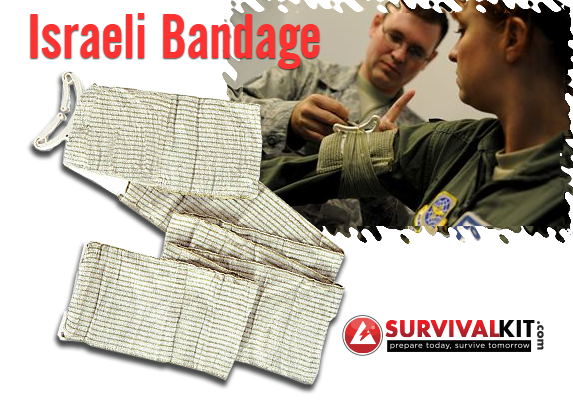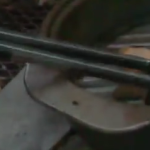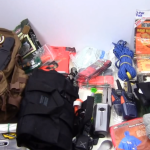I decided to create a few “survival cache’s”. First – what is a survival cache? Generally, a survival cache is a buried or hidden container that is filled with supplies that can be accessed when needed.
Why would I want to have a cache? Well, pretty much all of my supplies are located within my home. If something should happen and my home was destroyed or I was forced to leave it – the amount of supplies available would be diminished greatly. Should my home be destroyed – all would be lost. If evacuation was necessary – limited supplies would need to be taken.
Where to put them? Well – I am not going to tell you where mine will be going. I will tell you where a survival cache can be put. Often they are placed on your property hidden via burying. They are also placed along evacuation/bug out routes to be accessed when needed during traveling. Whether buried next to a “unique” tree or in a totally vacant field – it is very important that you can find your cache when needed. A GPS is ideal as you can program the location of the cache as a way-point in the navigation system. Special marking at the location can also be used – such as spraying yellow paint on two tree’s to mark that the cache is in between them. Just be careful that however the cache is marked – that you will be the only one to recognize its significance.
What to put in them? Anything you may want or need to access is the simple answer. From food, to weapons to medical supplies – the options are wide open. Obviously long storage life is required. Often a survival cache will contain numerous things – here is an example list:
-
first aid kit
-
MRE’s
-
small fire starting kit (matches/lighters)
-
knife
-
duct tape
-
handgun
-
ammo
-
spare clothes
The supplies stored in the cache depends on the size of the container.
Speaking of containers………..
What container to use for the survival cache? Common containers are homemade PVC enclosed tubes. Inexpensive and simple to make – components are available at your local Home Depot of Lowe’s store. It is very important to silicone all of the pieces together to make sure it will be waterproof.
My first one is pictured below:
Other potential containers are military ammo cans:
Also, a micro-cache can be made from a common Nalgene Water Bottle:
If your supplies are running low – if you are evacuating your location – knowing of those supplies in your cache’s are available will be very comforting.
What You Need for a Standard Capsule:
3” Schedule
40 PVC Pipe – 12” length
3” PVC Slip Cap
3” PVC Female Adapter
3” PVC Threaded Plug
PVC Cement
Choosing your PVC – The size of your capsule is really up to you. I chose to use 3” pipe and fittings – which is almost big enough to reach inside of, but not quite. If you are storing larger items you can choose a larger pipe size. Similarly, the length of the capsule is up to you. All that really matters is that you use the same pipe and fittings sizes so everything fits together. PVC is a lot like adult Legos. You can make almost anything from the simple building blocks. There are a few different ways you can configure a capsule using PVC. By using a slip cap on one end and an adapter with threaded plug on the other, we can create a water-tight container that won’t be a pain to get into when we need to.
Assembly Steps:
1. If you’re cutting your own PVC, mark your pipe and go slow. Use a hack saw or miter saw to carefully cut through the pipe. Use a file or sand paper to smooth down any rough edges or burrs. This will help your fittings slide on easily.
2. Dry fit your container by sliding the slip cap on one end and the female adapter on the other. The fittings should go on without too much difficulty but still fit snuggly. Screw your threaded plug into the adapter end. If everything fits nicely you can begin to cement.
3. When you’re ready to cement, take the capsule apart and apply cement on the outside of one pipe end and on the inside of the cap. While the cement is wet slide the cap on the pipe and give it a quarter turn. This spreads the cement out and creates a nice seal. Hold it here for about thirty seconds while the cement does its magic. Do the same for the slip side of the adapter, but don’t cement the plug. This needs to open and close freely. When your capsule is glued give it an hour or so to dry.


























